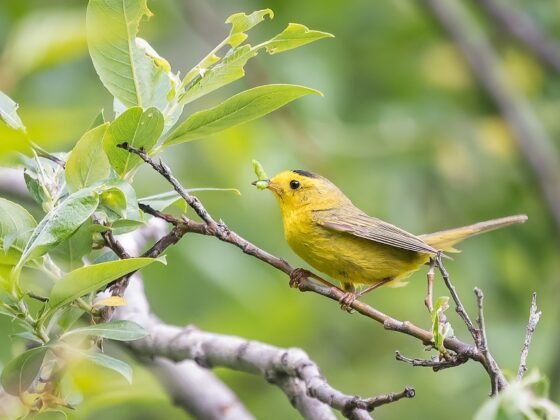Table of Contents Show
U.S. farmers work hard to deliver products the country needs. Indeed, they’re always looking for new ways to improve their crop yield. Technological advances and improved planting methods have increased the farmers’ corn crop yield.
At the end of World War II, farmers yielded 33.1 bushels of corn per acre. Today, farmers produce over 180 bushels per acre. There are several ways to improve corn crop yield.

1. Seed Quality
Quality seeds are critical to growing more corn. Experts recommend hybrid seeds that grow faster and stronger. Further, owners of sustainable farms prefer non-GMO (Genetically Modified) seed.
GMO seeds are produced in a lab by scientists. Non-GMO seeds are produced through pollination. To learn more, ask for information from My Yield.
2. Time of Planting
Why are corn yields so important? The U.S. is the world’s largest producer and exporter of corn. Corn is used as a food source and to produce ethanol. That’s one reason farmers try to plant as early as possible.
However, seasoned farmers recommend planting when the soil is ready. Test kits are used to check whether the soil contains the needed nutrients to raise a corn crop.
3. Use Supplements
The pH level should be balanced in the soil. High levels of potassium and magnesium are critical for a high crop yield. The proper amount of these nutrients ensures that photosynthesis takes place. In addition, potassium helps the corn crop be more drought-resistant.
Sulfur is another key soil ingredient. Sulfur helps regulate vitamin synthesis in crops. Vitamin synthesis is a major factor in crop quality. For example, sulfur helps the ears of corn fill out completely and strengthens the root system.
Sulfur levels are dropping around the globe. Scientists think the Clean Air Act of 1990 is a major factor in reduced sulfur emissions.
4. Practice Crop Rotation
It’s not a good idea to plant the same crop in the same field in consecutive years. Planting corn after corn should only be done for two reasons. The farmer doesn’t have a lot of lands or the farmer’s soil is in excellent condition.
Crops should be diversified if those things are not in place. Consider alternating soybeans and corn. Doing so will increase the crop yield for both products.
5. Be on the Lookout for Weeds
Weeds are not good in cornfields. They take valuable nutrients away from the plants. Weeding should start as soon as the crop begins to grow. Further, the process should continue throughout the growing season. Use herbicides if necessary.
6. Plant with Precision
Planting precision increases the corn crop yield. Ideally, seeds are planted deep in the furrow so they’ll stay put. A stand of corn with uneven plants doesn’t bode well for the farmer. One way to accomplish precision is by slowing the planter down. Ideally, seeds should be planted at four miles or less.
7. Proper Water Drainage
Use an irrigation system to ensure the crops gets enough water. An excellent drainage system is a must for commercial farmers. Experts say the irrigation schedule should be based on corn only, not other crops.
Overwatering and underwatering are both harmful to crop yield. Drainage is important because the crops should not be standing in water.
Smart farmers always walk the fields. You can’t see everything sitting on a tractor. You’ll be able to handle any problems that arise by catching them early. There’s no doubt corn will continue to be king in the U.S.









